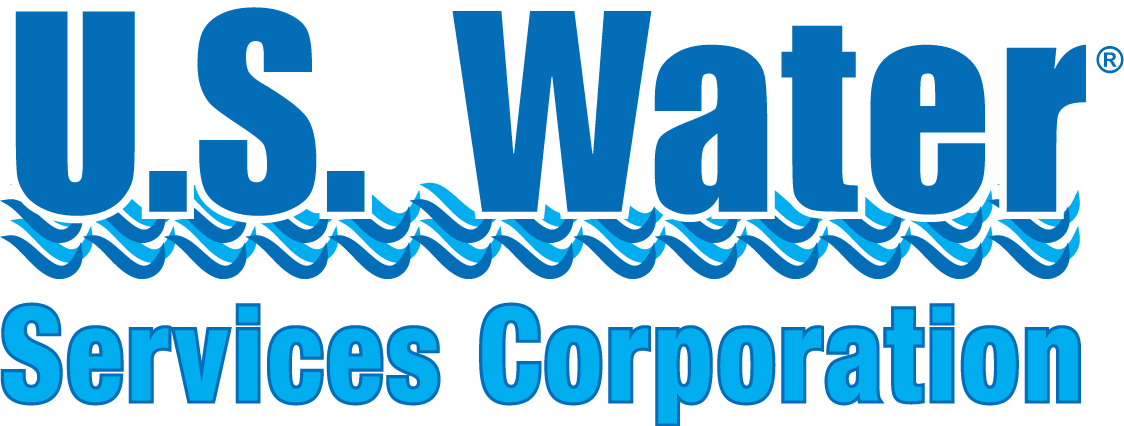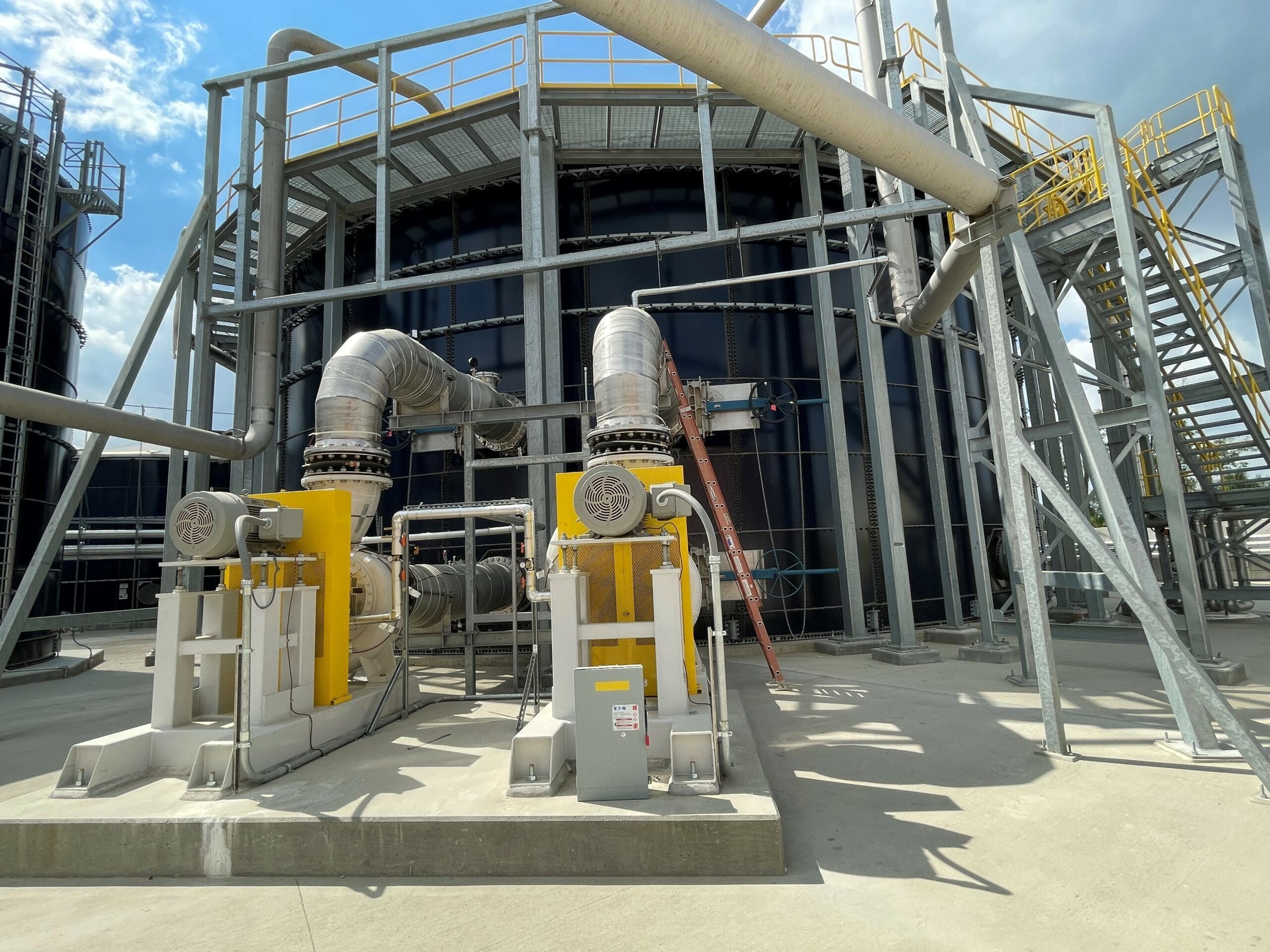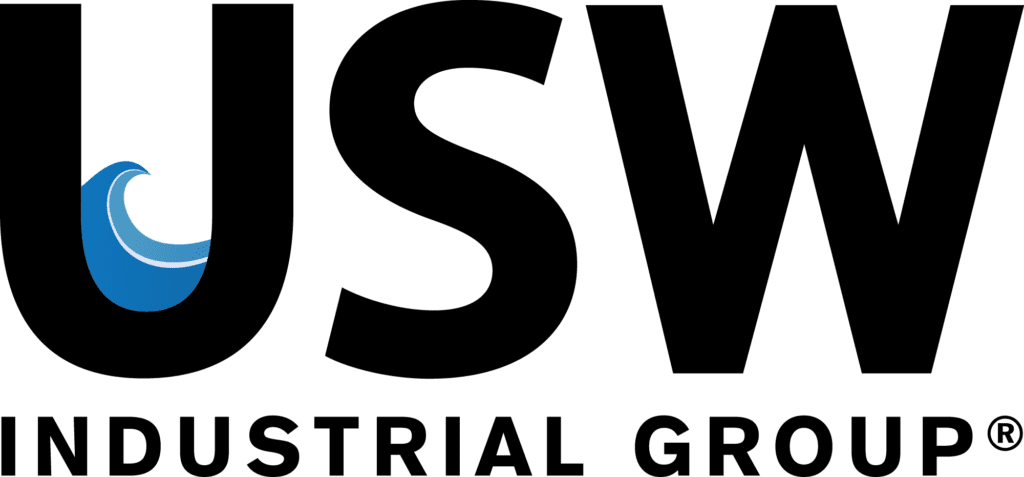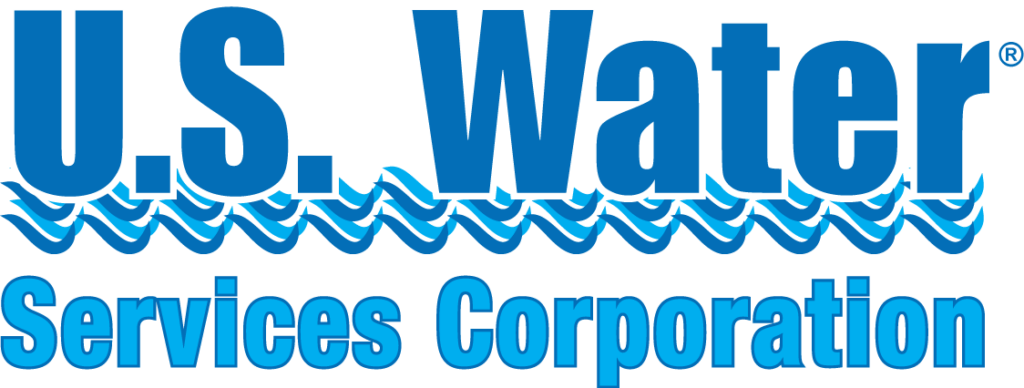Wastewater treatment plants are essential for protecting the environment and public health by removing contaminants from domestic and industrial wastewater. The design of these facilities is a crucial step in meeting asset performance targets and ensuring efficient and effective treatment processes. However, there is often a gap between the design specifications and the actual performance of these plants. This article explores the critical differences between wastewater treatment plant design and actual performance, highlighting the factors contributing to this disparity and discussing ways to bridge the gap.
DESIGN VS. REALITY: KEY DIFFERENCES
In wastewater treatment system design, a notable gap frequently arises between the planned specifications and the real-world performance of these facilities, particularly in systems processing industrial wastewater.
Design Specifications
The design begins with a comprehensive analysis of local wastewater characteristics, regulatory requirements, and long-term performance goals. Design engineers use this information to create a detailed plan, specifying treatment unit types and sizes, required flow rates, and treatment objectives. Proper sampling and characterization of wastewater are crucial for accurate modeling.
Actual Performance
Various factors, including fluctuations in the influent wastewater quality, equipment wear and tear, maintenance variations, and environmental conditions, influence the actual performance of a wastewater treatment plant. These factors can lead to differences between the plant’s design and real-world performance. Many unpredictable factors can affect the real-world performance of wastewater treatment plants, such as extreme weather conditions and seasonal changes in the composition of wastewater. For example, in food and beverage facilities, a change in product line or manufacturing ingredients can significantly affect the designed treatment process.
FACTORS CONTRIBUTING TO DIFFERENCES
Influent Variability
Wastewater characteristics can change over time due to shifts in population, industrial activities, and weather conditions. Design specifications often rely on average influent characteristics, which may not account for extreme conditions, leading to challenges in consistently meeting treatment goals.
Equipment Degradation
Wastewater treatment plant equipment (e.g., pumps, blowers, high-pressure systems, clarifiers, etc.) experience wear and tear over time, impacting efficiency and degrading performance. Operation near design limits or peak conditions can expose system limitations, and regular maintenance efforts may not prevent performance degradation.
Maintenance Practices
Effective maintenance practices have a profound impact on plant performance. Consistency in maintenance approaches and operational practices is crucial for improving system uptime, enhancing reliability, and ensuring the overall success of the wastewater treatment plant lifecycle. Deviations from initial design specifications can occur due to variations in maintenance schedules, staff training, and spare part availability. Unlike municipal facilities, industrial treatment facilities may lack the same level of redundancy in design. This underscores the significance of closely monitoring equipment performance and maintenance to the extent that predicting maintenance becomes essential.
Environmental Conditions
Environmental factors, such as temperature and weather patterns, can affect the efficiency of biological treatment processes and microorganism growth. These conditions are difficult to predict during the design phase, often leading to performance disparities.
BRIDGING THE GAP
Design operations professionals are crucial in bridging performance gaps, leading to improved project outcomes. U.S. Water’s technical experts regularly perform operability assessments for clients to take advantage of our team’s vast experience in designing and operating many treatment systems. Through navigating prior challenges and learning from successes and setbacks, we have avoided mistakes and excelled in problem-solving. To address disparities between wastewater treatment plant design and actual performance, consider the following strategies:
Flexibility in Design
Incorporate flexibility into the design to handle variations in influent characteristics. This may involve installing additional treatment and storage units, adopting variable operational strategies, or implementing adaptive control and automation systems. Facilitate regular communication and collaboration between design engineers and operations professionals during the design phase.
Pilot Testing
Conduct pilot testing before constructing a full-scale facility to gather insights into real-world performance and adjust the design based on data.
Regular Monitoring and Maintenance
Establish a robust maintenance and monitoring program with regular equipment inspections, proactive and preventive maintenance, and operator training to prevent performance degradation.
Data-Driven Optimization
Collaborate with operations professionals to define a strategy and Key Performance Indicators (KPIs) that align with the goals of the treatment plant to allow for early issue detection and prevention of performance breakdowns. Leverage data analysis and process control technologies to optimize plant performance in response to changing conditions, ensuring sustained efficiency. Implement real-time monitoring systems, like U.S. Water’s proprietary Process Control Monitoring (PCM)™ system, to monitor KPIs and collect operational data. Analyze this data to pinpoint trends, deviations, or irregularities affecting overall performance. Employ data analytics for informed decision-making and continuous process optimization.
Enhanced Biological Monitoring
Implement advanced testing techniques, like ATP testing, to assess the viability of the biological components in challenging biological treatment applications and identify key organisms essential for breaking down compounds. While standard tests such as cytometry, advanced microscopy, and respirometry can also be employed for viability assessment, they require specialized equipment and expertise. Even more specialized techniques, including genetic testing (qPCR), can provide more detail on the specific makeup of the bacterial mass. This approach can also aid in identifying compatible sources for reseeding a reactor when necessary.
Optimization in Industrial systems becomes increasingly important as facilities approach design limits, emphasizing the importance of considering often overlooked micronutrients to address bacterial stress conditions caused by suboptimal growth and enhance overall efficiency. For an in-depth discussion on enhanced water analysis, read more here.
DIAGNOSING THE UNFORESEEN
Diagnosing the unforeseen and treating difficult wastewater can pose various challenges due to complex contaminants. Here are some common unforeseen problems and potential diagnostic approaches. In navigating these challenges, consulting with operations experts is highly recommended to leverage their specialized knowledge and experience in devising effective solutions.
Incomplete Contaminant Removal: Requires routine monitoring of effluent quality, frequent adjustment of the treatment process, optimization of chemical dosages, etc.
Biological Treatment Issues: Check for changes in observable microbial activity, sludge bulking, foaming, etc. Optimize nutrient levels, control microbial populations by adjusting sludge ages, and ensure proper aeration.
Chemical Interference: Identify sudden and unexpected reactions or interference from different raw waste streams. Adjust chemical dosages, conduct compatibility tests, or consider the installation of pre-treatment processes such as FOG removal, metals precipitation, and increased equalization.
Equipment Malfunctions: Regularly inspect equipment for signs of wear, corrosion, or malfunction. Take advantage of automated maintenance management systems to predict maintenance requirements. Perform routine maintenance, replace damaged components, and address mechanical issues promptly. Ensure critical spare parts are inventoried and ready to be placed into service when required.
High or Fluctuating Flow Rates: Monitor flow rates and identify the sources and causes of sudden spikes or variations. Optimize hydraulic retention times, install flow control measures, or implement surge protection.
Toxicity Issues: Conduct toxicity tests on influent and effluent if toxicity is suspected. Identify and eliminate sources of toxic substances or neutralize them, adjust treatment processes, or implement advanced treatment methods.
Regulatory Compliance Challenges: Regularly review regulatory requirements and compliance status. Adjust treatment processes, if possible, to meet regulations, communicate with regulatory authorities, and seek guidance if needed.
Resilience to Weather Conditions: Consider the impact of weather on treatment efficiency. Implement measures to address temperature variations, extreme weather events, or seasonal changes.
Resource Limitations: Assess the availability of energy, chemicals, and personnel. Optimize resource use, provide opportunities for cross-training, consider alternative technologies, and plan for contingencies.
Data Monitoring and Analysis: Implement a comprehensive data monitoring and analysis system. Utilize advanced analytics for real-time data interpretation and proactive issue identification. Regular monitoring, analysis, and a proactive approach to addressing issues are key in diagnosing and mitigating unforeseen problems in treating difficult wastewater. Additionally, consulting with subject matter experts and staying informed about advancements in wastewater treatment technologies can contribute to effective problem-solving.
CONCLUSION
While wastewater treatment plant design is critical for effective wastewater treatment, the challenge lies in the gap between design specifications and actual performance. Recognizing key differences and implementing strategies such as design flexibility, regular monitoring, pilot testing, and data-driven optimization can help bridge this gap, ensuring the long-term success of these vital assets. Balancing design expectations with operational realities is essential for sustainable performance.




